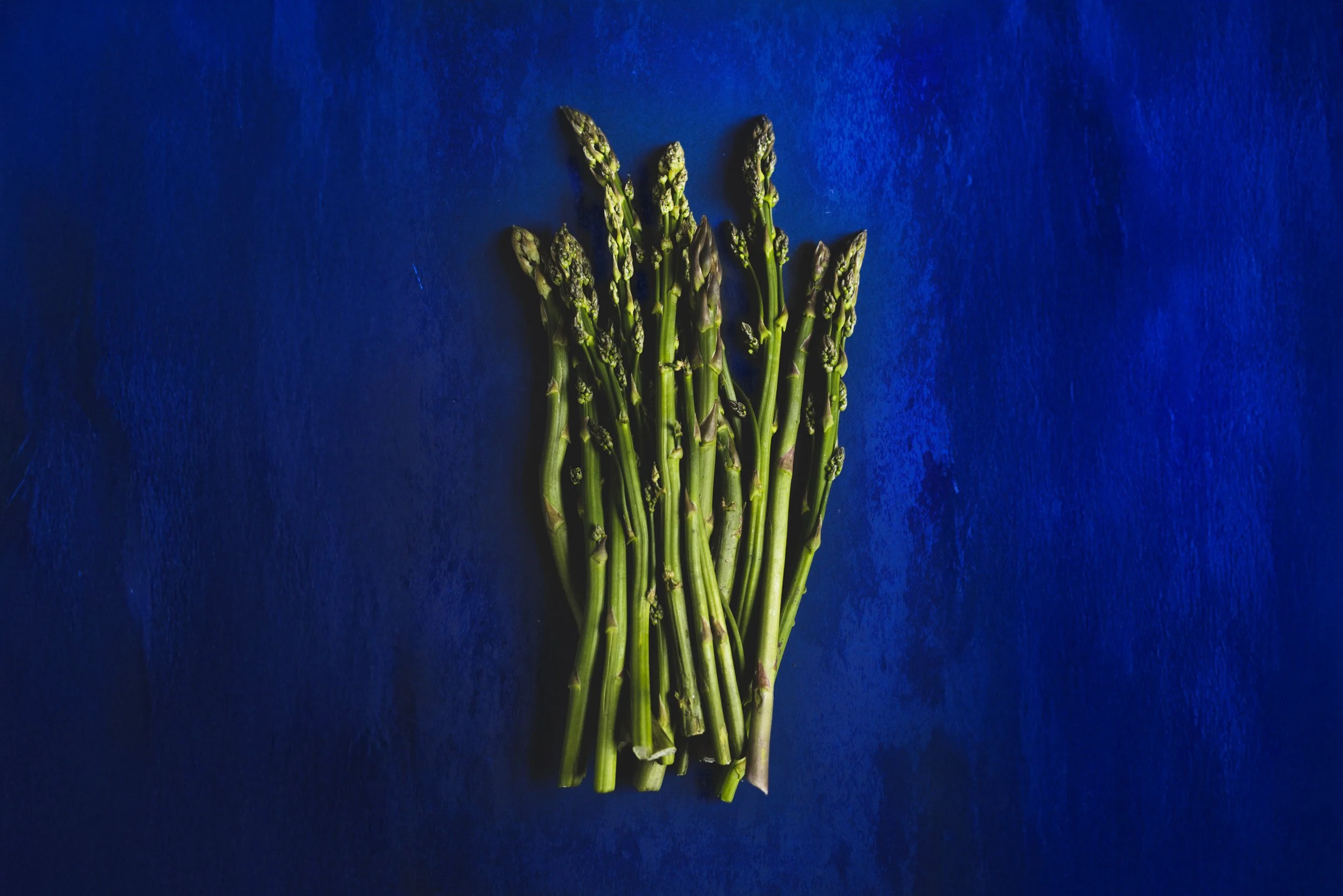Social media is a strange place. It’s a world where the most carefully crafted, thought-provoking work can go unnoticed while a shallow, easily digestible post racks up thousands of likes in minutes. I’ve experienced this firsthand. My most interesting, personal, and meaningful work often gets little attention. But here’s the thing, I’m okay with that.
Because I’m not posting to be endorsed.
I could easily create the kind of content that I know would generate engagement—something provocative, formatted perfectly for the algorithm, designed to spark reactions. But then, who am I really creating for? My audience? The algorithm? Or myself?
This is the dilemma that many artists, photographers, and creatives face in the digital age. Social media, for all its benefits, has conditioned us to seek validation through numbers, likes, shares, comments. It’s an almost childish system, built around the same kind of approval-seeking behavior we see in schoolyards. Click a button to be liked. Chase approval from people you’ll never meet. Reduce creativity to numbers on a screen.
Yet, beyond its immaturity, social media can also feel like an insular, narrow space—one that reflects the culture it was born from. Most of these platforms were created in the U.S., a country known for its obsession with popularity, celebrity culture, and instant gratification. In many ways, social media has exported this mindset globally, reinforcing the idea that being liked is more important than being real.
But here’s the irony—we want to be liked by everyone, yet we don’t even like everyone ourselves. It’s an impossible, exhausting paradox. And the more we chase universal approval, the further we drift from authenticity.
Creating for the Algorithm vs. Creating for Yourself
The algorithm is predictable. It rewards what it understands—consistency, patterns, and emotions that drive quick reactions. Outrage, controversy, trends, and surface-level storytelling thrive in this space. But true creativity is rarely predictable. It’s raw, experimental, sometimes unsettling. It challenges norms rather than catering to them.
Artists who create from the heart often find themselves at odds with the system. If you’re doing something unique, it won’t always fit into a neat little box that social media favours. The best work—the kind that makes people think, that lingers in their minds—often doesn’t get the immediate gratification of likes and shares.
And that’s okay.
The Trap of Social Media Metrics
One of the strangest things about social media is how most people are no longer creating for themselves. They’re creating for the algorithm. Content isn’t just content anymore—it’s a product, packaged and optimized for maximum engagement. Creators tailor their work to fit what will perform well rather than what is meaningful to them.
But where does that leave authenticity?
If you’re constantly adjusting your art to please an audience—or worse, an AI-driven algorithm—are you still creating for yourself? Or are you just another cog in the machine, feeding the system what it wants?
And worse, who is that audience anyway? Social media gives the illusion of a global space, but in reality, it often reflects a Western, particularly American, perspective—fast-paced, entertainment-driven, reward-seeking. If you don’t fit into that mold, your work risks being ignored, not because it lacks value, but because it doesn’t conform to the digital culture that these platforms have cultivated.
And yet, despite this, we still seek approval. We crave likes from people we don’t know, followers whose values we don’t even align with, and engagement from an audience that, in many cases, wouldn’t give us a second thought in real life. The need to be liked has become a digital addiction, even though deep down, we all know the truth—we don’t even like everyone ourselves. So why do we expect to be universally liked in return?
Why I Choose Authenticity Over Attention
I refuse to let numbers dictate my creativity. I refuse to chase trends just for the sake of engagement.
That doesn’t mean I don’t want people to see my work. Of course, I do. Every artist wants their work to resonate. But I’m more interested in depth than reach. If my work connects with just a handful of people in a meaningful way, that’s worth more to me than a thousand passive likes from people who will forget it in seconds.
Because at the end of the day, I’m creating for myself first. For my vision, my passion, my curiosity. The moment I start shaping my work around what I know will get likes, I’ve lost something far more important—my creative integrity.
Final Thought: Art Over Algorithms
Social media is a tool, nothing more. It can amplify voices, provide opportunities, and bring artists together. But it should never dictate the way we create.
So, to anyone struggling with the tug-of-war between authenticity and engagement—keep creating what matters to you. The right audience will find you. And even if they don’t, you’ll still have something far more valuable than viral success.
You’ll have your art. And that’s worth more than any algorithmic approval.




